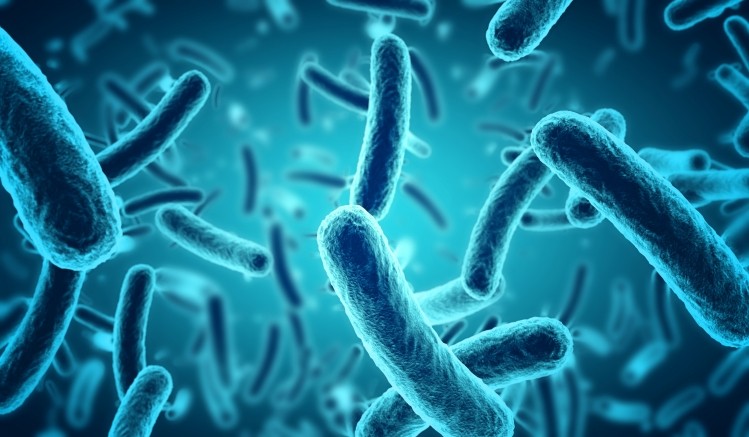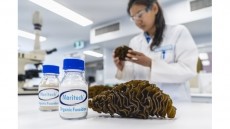ENCAPSULATION TECHNOLOGIES: BEYOND SUPPLEMENTS
Keep your enemies close: Bacterial biofilms could help probiotics extraction, researchers claim

Prior research into biofilms - bacterial cells that are tightly packed together in an extracellular matrix (ECM) making them resistant to antibiotics and disinfectants - has focused on films formed by pathogenic bacteria and how to prevent their formation.
But in this report, published in ACS’ "Journal of Agricultural and Food Chemistry", researchers say their findings lay the foundation for the use of biofilm-integrated nanofiber membranes as starter cultures in biotechnology and fermentation industries to make it easier for probiotics to be extracted from food products in the digestive tract.
Led by Meng-Xin Hu, researchers from Zhejiang Gongshang University, in China, wanted to find the best growing conditions for the bacteria Lactobacillus plantarum, found in fermented food products such as yogurt.
They were interested in ensuring that this organism could survive storage on the supermarket shelf, as well as transit through the stomach.
The researchers grew the bacteria on cellulose acetate membranes that mimic the structure of natural ECM and found the huge surface area of these nanofiber membranes provided a scaffold for the bacteria.
The microbes successfully formed colonies and then biofilms, which were used to ferment milk, on the membranes. The bacteria in biofilms were more resistant to simulated digestion than free-floating L. plantarum.
During fermentation, the biofilms continually released live bacterial cells into the milk. Once the fermented milk was stored, the released cells retained in the milk were much longer-lived than cells in fermented milk produced by free-floating L. plantarum.
The authors acknowledge funding from the National Natural Science Foundation of China and Zhejiang Provincial Top Key Discipline of Food Science and Biotechnology.
Source: Journal of Agricultural and Food Chemistry
Published online: DOI:10.1021/acs.jafc.8b05024
Authors: Meng-Xin Hu., et al












